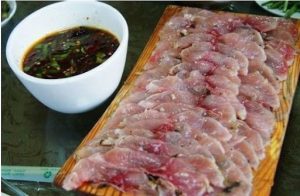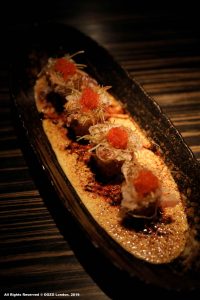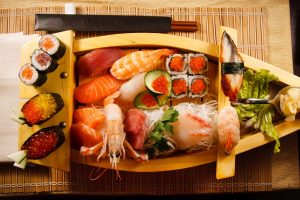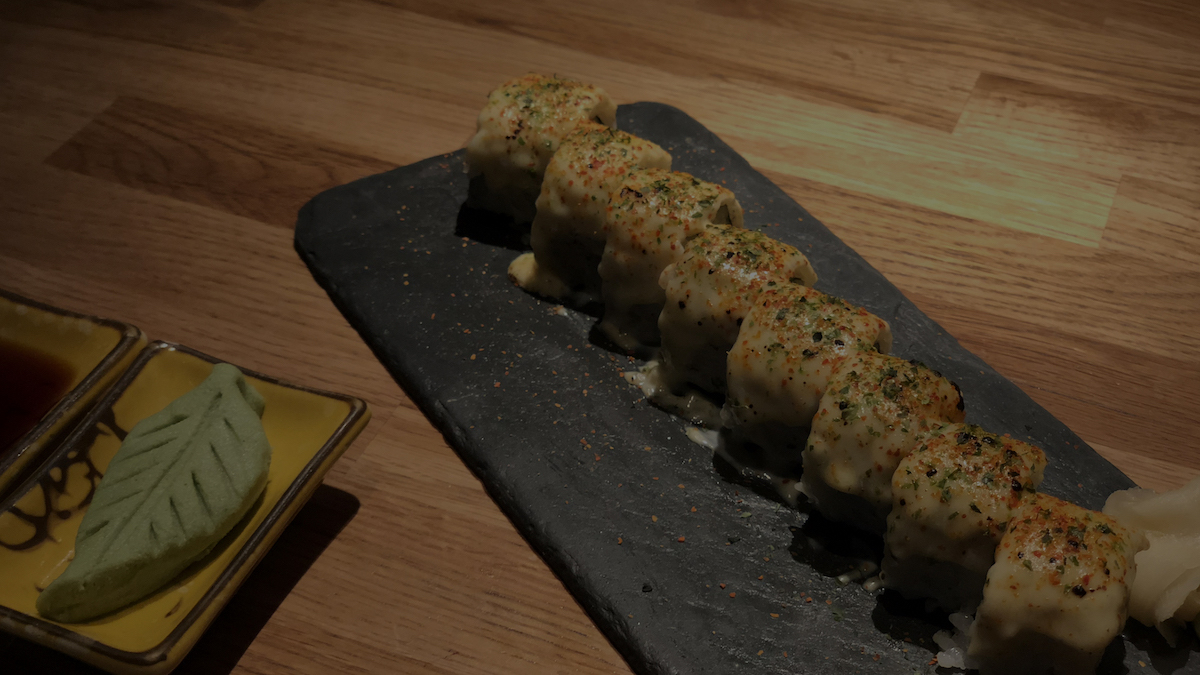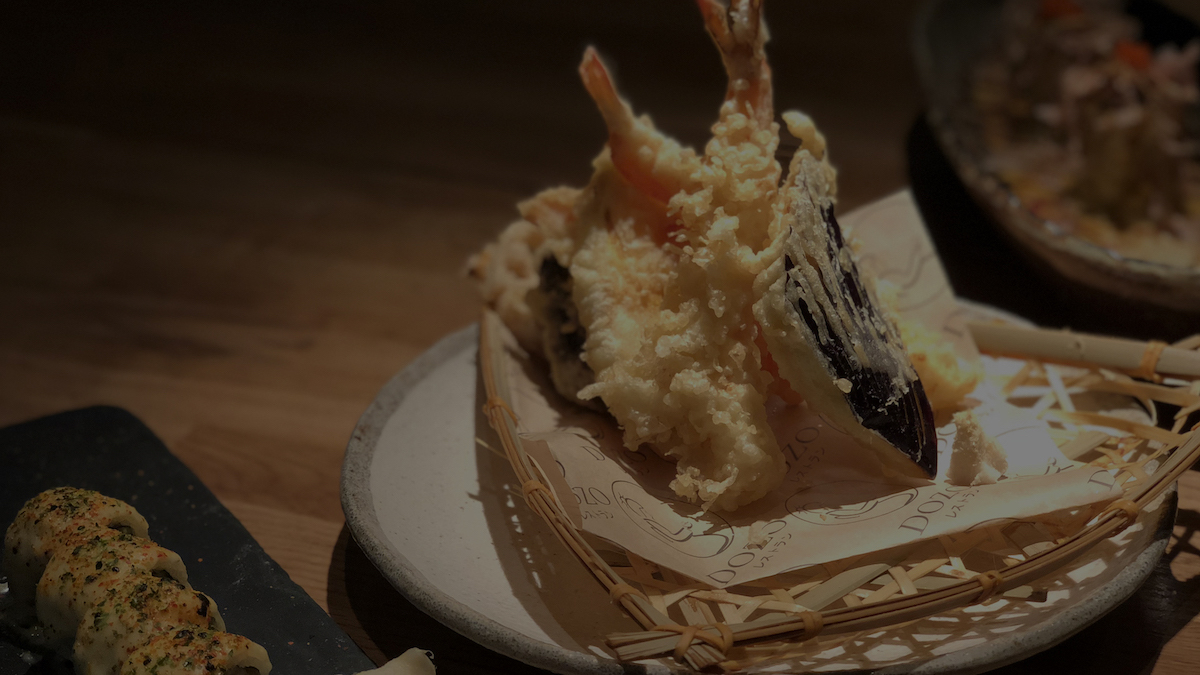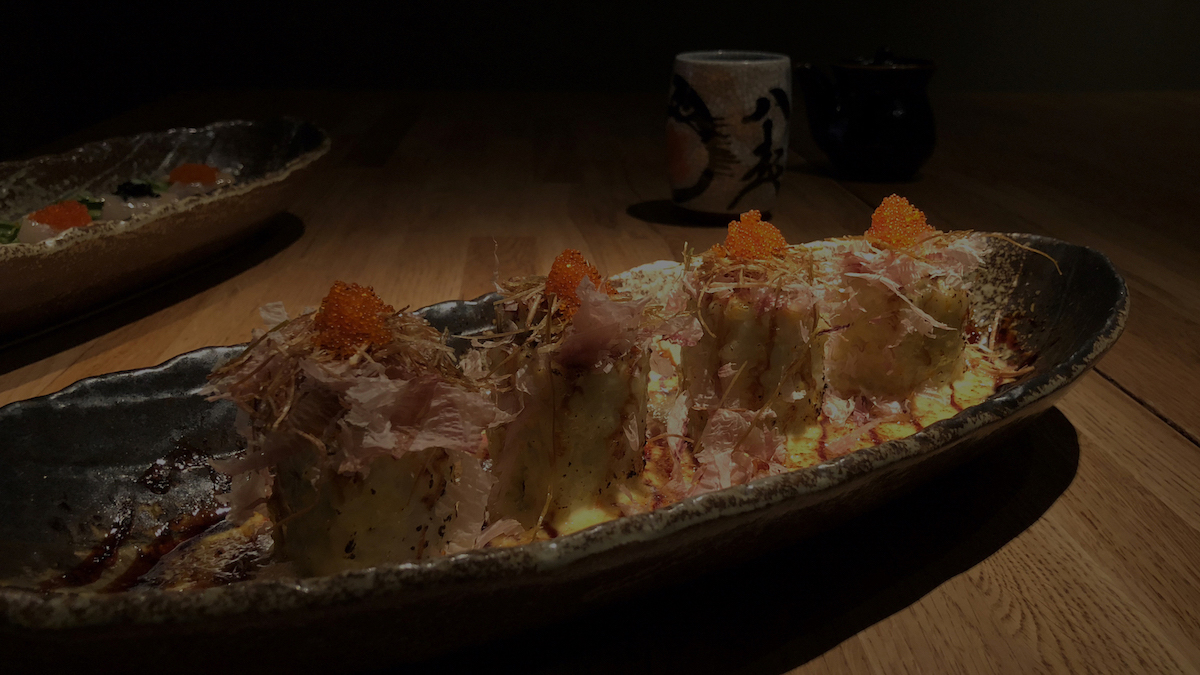Introduction:
Japanese cuisine, renowned for its delicate flavors, aesthetic presentation, and cultural significance, has a rich history that spans centuries. The evolution of Japanese culinary traditions is a fascinating journey that reflects the country’s geography, climate, and cultural influences. In this article, we will explore the key milestones in the formation of Japanese cuisine, tracing its development from ancient times to the present day.
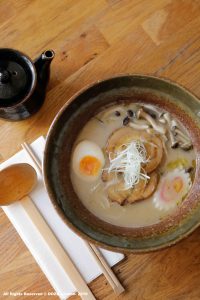
Ancient Influences:
The roots of Japanese cuisine can be traced back to the Yayoi period (300 BCE – 300 CE), where the introduction of rice cultivation and metal tools laid the foundation for a more sophisticated culinary culture. The subsequent Kofun period (300–538 CE) witnessed the integration of Chinese cooking techniques and ingredients, such as soy sauce and rice wine, into Japanese culinary practices.
Nara and Heian Periods:
The Nara (710–794 CE) and Heian (794–1185 CE) periods marked a turning point in Japanese culinary arts. The imperial court adopted elaborate dining rituals, and the use of chopsticks became more widespread. During this time, the concept of “Kaiseki” emerged – a multi-course dining experience that emphasized seasonal ingredients and meticulous presentation, foreshadowing the development of modern Japanese haute cuisine.
Medieval Era:
The medieval era (1185–1603 CE) brought about significant changes in Japanese cuisine as Buddhism influenced dietary practices. Monasteries played a crucial role in cultivating vegetables, and the concept of shojin ryori, a vegetarian cuisine, gained popularity. The introduction of tea culture also had a profound impact on culinary aesthetics, with the tea ceremony influencing the appreciation of simplicity and seasonal elements in food.
Edo Period:
The Edo period (1603–1868 CE) witnessed the flourishing of Edo (modern-day Tokyo) as a vibrant cultural center. Street food gained popularity, and sushi as we know it today began to take shape. The development of “Edomae-zushi,” where fish was placed on small beds of rice, laid the foundation for the sushi we enjoy today. Additionally, the emergence of the izakaya (pub) culture reflected a more casual and communal approach to dining.
Meiji Restoration to Present Day:
The Meiji Restoration in the late 19th century marked a period of rapid modernization, and Western influences introduced new ingredients and cooking methods. Japanese cuisine adapted to these changes, resulting in the fusion of traditional and foreign elements. In the post-war era, the globalization of Japanese food, including the worldwide popularity of sushi, ramen, and tempura, showcased the versatility and appeal of Japanese culinary traditions.
Conclusion:
Japanese cuisine’s evolution is a tapestry woven with the threads of history, culture, and innovation. From its humble origins to the world-renowned culinary artistry of today, Japanese cuisine continues to captivate and inspire. The delicate balance between tradition and adaptation is at the heart of its enduring appeal, making it a testament to the resilience and creativity of the Japanese people throughout the ages.


